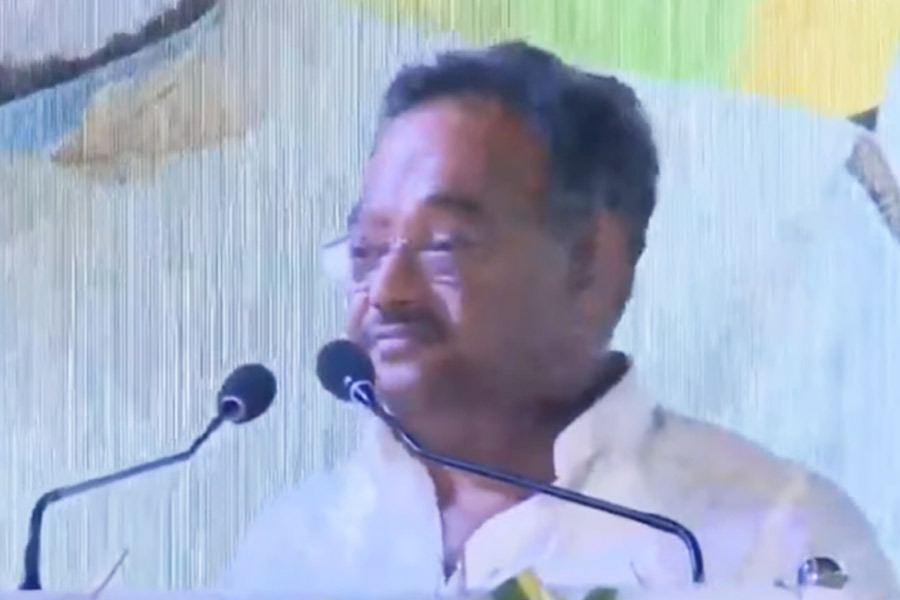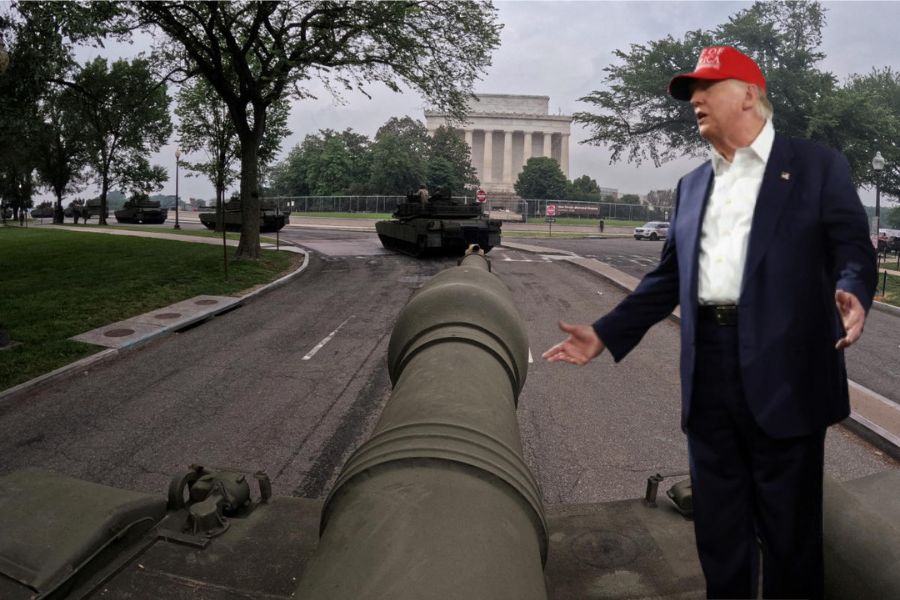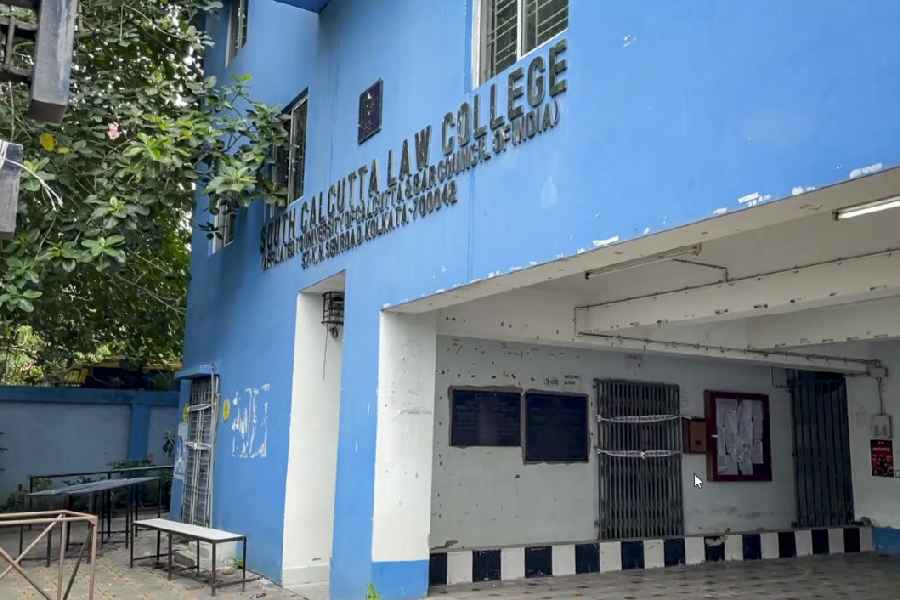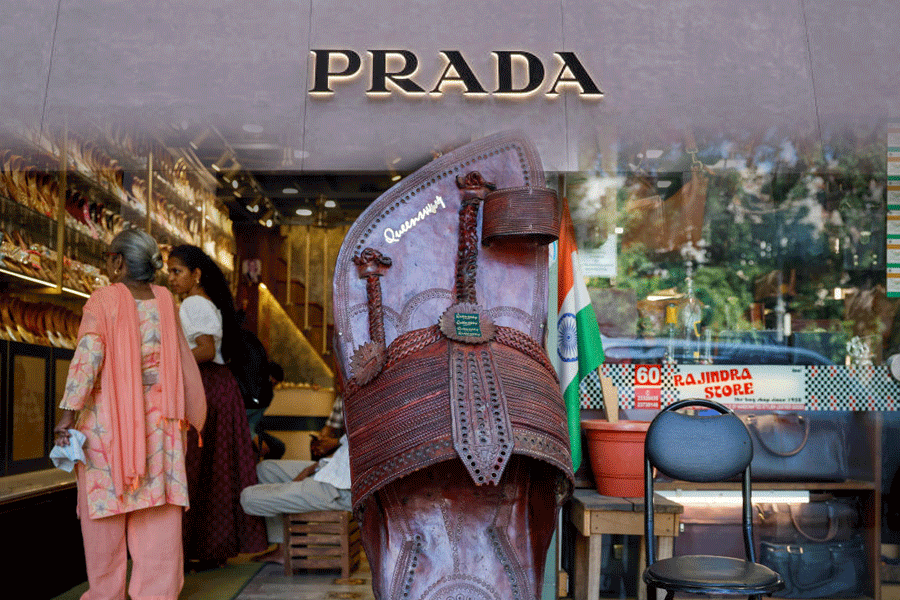Paradip, June 15: The clatter of smooth and shiny ‘kaudi’ (cowry shells) accompanied with the joyous giggles of women is a scene that can be witnessed in most parts of the state during the Raja festival. In Paradip too, women and young girls participate in the traditional games of dice played with cowries to mark the three-day long festivity.
The game is not only exciting and fascinating but also involves skill to score over rivals. “We try our hand at this game only during Raja and Laxmi puja. For the rest of the year, the cowry shells are kept with care like other valuables in the house since we consider them auspicious. For many of us, it is a harbinger of wealth and prosperity,” says Saraswati Mohanty, a homemaker from Kujang area of Jagatsinghpur district.
It is a typical game played between four groups. Each group includes three members. The kaudis are tossed up on a dice box. Plus points are awarded for upward fall while a downward fall earns one negative points. The game lasts for about two to three hours.
“The game needs skill to toss up the cowries so that a group can earn maximum points,” says 65-year-old Sabitri Maharana, a native of Tirtol in Jagatsingpur, who has been taking part in this game for more than five decades.
“Kaudi khela (cowry game) was earlier a part of gambling ritual during festive occasions. But these days, it has emerged as a favourite pastime for women and young girls during Raja,” says Basudev Das, a researcher.
“Although the game is mostly played by women, men also take part in it in some parts of the state. Playing the game is a must for young girls during these three days of Raja. In the urban areas, one does not find women playing the game since shells are no more available. But in rural areas, it is still a popular form of entertainment during Raja,” says Natabar Barik, president of the Jagatsinghpur Zilla Parishad.
“The tradition of kaudi khela is still in vogue at the Lord Jagannath temple in Puri during specific occasions. The shells symbolise prosperity,” Das adds.
“For the villagers, cowry shells are auspicious symbols. After the festival is over, the shells are preserved with care. During pre-independence days, they served as money. These shiny and egg-shaped shells were also used as medium of exchange in many villages of Jagatsinghpur and Kendrapara districts,” he says.










